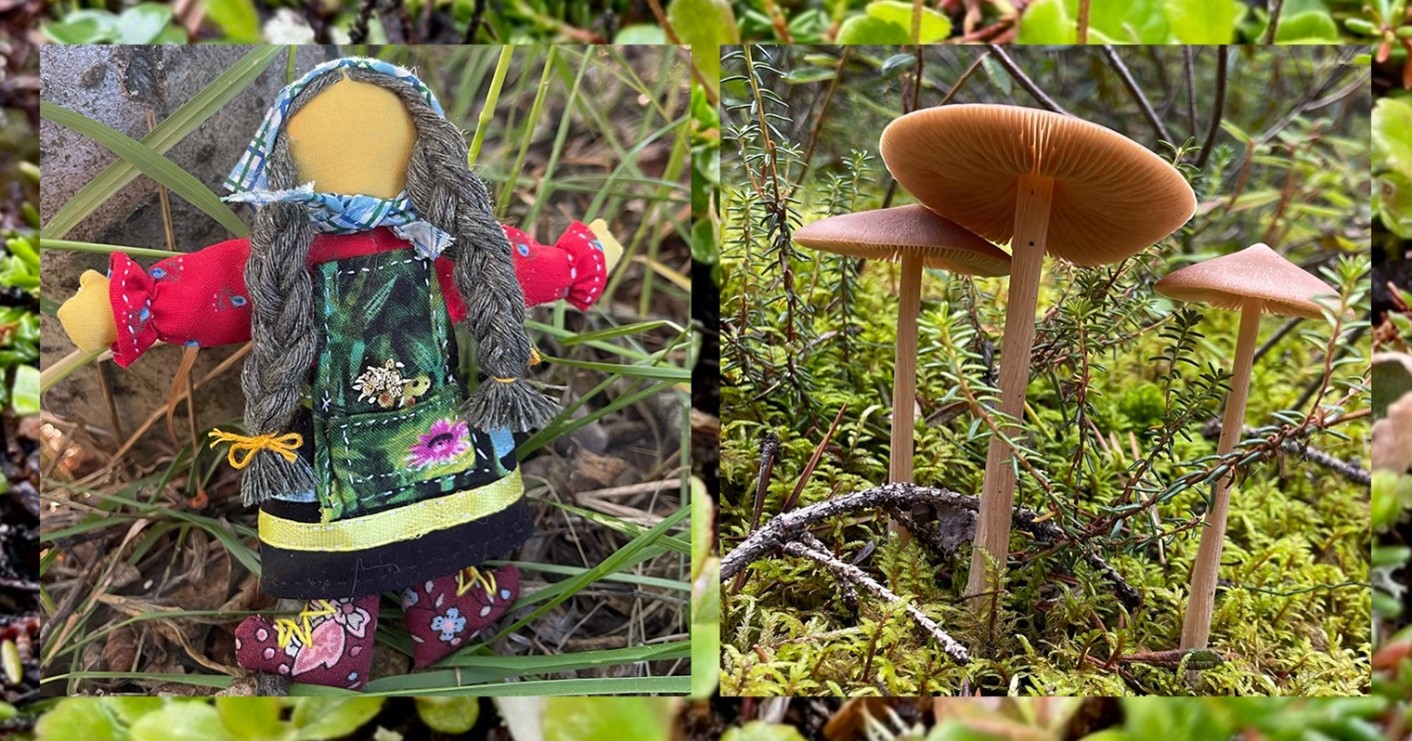Creating Artist Citizens: Transformative Movements in Art Education and Programming
Main Article Content
Abstract
Increased professionalism, a powerful art market, and the technological revolution are begging for an overhaul in arts education and museum programming. This paper provides insights into alternative approaches that have emerged over the last fifty years and hints at the urgency for future iterations. During my time as an art professor, I implemented alternatives to today's art schools, such as field schools, free schools, and ek-stitutions. From fourteen years working in Mexico, I learned of social and cultural movements like rural boarding schools, the Free School of Sculpture, and the Intercultural Documentation Centre. Back in Canada, when I was working as a museum educator, my programs were influenced by concepts such as educational turns, participatory programs, museum hacking, and the social work of museums. This paper presents transformative movements in arts education and programming, each with the goal of creating artist citizens ready to participate in a global society.
Downloads
Article Details

This work is licensed under a Creative Commons Attribution-ShareAlike 4.0 International License.
The copyright notice is CC BY SA.
This license lets others remix, tweak, and build upon your work even for commercial purposes, as long as they credit you and license their new creations under the identical terms. All new works based on yours will carry the same license. Thus any derivatives will also allow commercial use. For example, if someone translates your article into French, the French version of the article will also have to be shared under a CC BY SA license.
References
Camacho, Z., & Hernández, J. (2008). La Resistencia de las normales rurales. Contralínea. http://dialogoentreprofesores.blogspot.com/2011/12/la-resistencia-de-las-normales-rurales.htmlDauber, H. (1975). An invitation to conscientization and deschooling: a continuing conversation. Risk, 11(1), 28-32. https://another-roadmap.net/articles/0002/0782/freirepauloillichivan-sur-riskpilgrimsoftheobviouswcc-small.pdfFancourt, D., & Finn, S. (2019). What is the evidence of the role of the arts in improving health and well-being? A scoping review. Health Evidence Network Synthesis Report 67. World Health Organisation. Fine Arts Fund. (2008). The Arts Ripple Effect. A Research-Based Strategy to Build Shared Responsibility for the Arts. Topos Partnerships for the Fine Arts Fund. Cincinnati. https://www.artswave.org/docs/default-source/Research-Reports/the-arts-ripple-effect-report-january-2010.pdf?sfvrsn=c7791e28_0González Martínez, M. S. (2018) Los mundos simbólicos: estudios de la cultlura y las religions. Vol XV. Las ciencias sociales y la agenda nacional. Reflexiones y propuestas desde las Ciencias Sociales. Consejo Mexicana de Ciencias Sociales. Mexico (pp. 275-288). https://www.comecso.com/ciencias-sociales-agenda-nacional/cs/article/view/1422/1030Merritt, E. (Ed.) (2012). TrendsWatch 2012. American Association of Museums. https://www.aam-us.org/wp-content/uploads/2017/12/2012_trendswatch.pdfMisiano, V. (2002). An Analysis of 'Tusovka'. Post-Soviet art of the 1990s. In G. Maraniello (Ed.), Art in Europe 1990-2000(pp. 161-177).Morales Moreno, J. (2015). Notas para una historia crítica de “La Esmeralda”: la cuestión de sus orígenes (1927, 1943). Discurso Visual Revista de Artes Visuales Tercera Época. Centro Nacional de Investigación, Documentación e Información de Artes Plásticas. https://www.discursovisual.net/dvweb36/TT_moreno.htmlPadilla, T. (2021). Unintended Lessons of Revolution.Student teachers and political radicalism in twentieth-century Mexico. Duke University Press.Petrovich, D., & White, R. (Eds.) (2012). Draw It with Your Eyes Closed: The Art of the Art Assignment. Paper Monument. Pujol, E. (2009). On the Ground: Practical Observations for Regenerating Art Education. In S. H. Madoff (Ed.), Art School: Propositions for the 21stcentury(pp. 1-14).Pujol, E. (2022). A Letter for Students Considering the Art of Human Rights. Draft for a Panel Presentation at the Center for Human Rights and the Arts at Bard College on April 29. https://drive.google.com/file/d/1u80tqZbVG8o3f7yNctwcvi03zo3RUiW2/view
Rodriguez Doring, A. (2015). Una historia de La Esmeralda, la escuela de arte del México posrevolucionario. Discurso Visual Revista de Artes Visuales Tercera Época. Centro Nacional de Investigación, Documentación e Información de Artes Plásticas. http://www.discursovisual.net/dvweb36/TT_doring.htmlRogoff, I. (2010). Free. E-flux Journal, Issue 14. https://www.e-flux.com/journal/14/61311/free/Rogoff, I. (2010). Turning. In P. O'Neill & M. Wilson (Eds.), Curating and Educational Turn(pp. 32-46). https://www.e-flux.com/journal/00/68470/turning/Rozan, A. (2017). Hello and Welcome to the Future. Museum 2040. American Alliance of Museums. November/December 2017, Volume 96, Number 6, 17-21.Schneider, F. (2010). (Extended) Footnotes on Education. E-flux journal. Number 14, March. http://www.e-flux.com/journal/extended-footnotes-on-education/Schor, M. (2012). You Have Permission to Fail. In D. Petrovich & R. White (Eds.), Draw It with Your Eyes Closed: The Art of the Art Assignment. Paper Monument (pp. 90-91).Sherman, H. L. (1947). Drawing by Seeing: A new development in the teaching of the Visual the Arts through the training. Hinds, Hayden & Eldredge. New York and Philadelphia. Silverman, L. (2010). The Social Work of Museums.Routledge. Simon, N. (2010). The Participatory Museum. Museum 2.0.Simon, N. (2012) Khan Academy and the Revolution of Online Free Choice Learning. October 3, 2012. http://museumtwo.blogspot.ca/2012/10/khan-academy-and-online-free-choice.htmlSimon, N. (2016). The Art of Relevance. Museum 2.0.Smith, M. (2010). Ivan Illich: Deschooling, conviviality and the possibilities for informal education and lifelong learning. The Encyclopedia of Pedagogy and Informal Education, 1997-2011. https://infed.org/mobi/ivan-illich-deschooling-conviviality-and-lifelong-learning/Sweeny, E. (2013). A Classroom with Legs. Art21 Magazine. October-November issue, Becoming an Artist. https://magazine.art21.org/2013/10/01/a-classroom-with-legs-ernesto-pujol-and-the-field-school/Zdravomyslova, E. (2002). The Café Saigon Tusovka: One Segment of the Informal-Public Sphere of Late-Soviet Society. In R. Humphrey, R. Miller, & E. Zdravomyslova (Eds), Biographical Research in Eastern Europe(pp. 141-177).

